Este post também está disponível em:
Português
English
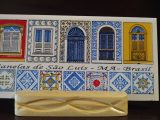
The handicrafts of Maranhão have more than 400 years of tradition, just a visit to the Historic Centre of São Luís and you can see the variety of artefacts from the artisanal production of Maranhão, marked by the creativity of a popular tradition that has been improved since the foundation of the capital of Maranhão.
The crafts in the Northeast is a very rich artistic and cultural manifestation.
Its manual traditions suffer influences from different peoples and its pieces, techniques, materials and tools present many variations from state to state.
Handicrafts only become symbols of Maranhão culture after the objects, usually inspired by icons of regional culture, gain new shapes and colours by the hands of local artists.
Among the raw materials are items such as cotton, leather, wood, clay and even plant fibres.
The most common is the buriti straw, from which a versatile and resistant fibre is extracted that gives rise to dozens of pieces sold in shops and markets in craft centres.
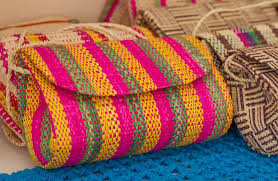
Artesanato maranhense se destaca pela diversidade
In addition to portraying traces of São Luís’ culture, the pieces valorise local handicraft production and delight tourists visiting the capital of Maranhão.
A visit to the Historic Centre of São Luís is enough to see the variety of artefacts that help tell the story of the capital of Maranhão.

In São Luís, miniatures depicting typical characters of the city are also among the most popular items in shops.
At this time of year, “boizinhos”, small and delicate replicas of the oxen of the capital’s bumba-meu-boi groups, are the most sought after.
But the best sellers at any time of the year, according to shopkeepers, are replicas of Portuguese tiles, the originals of which can still be found in some historic mansions.
Straw baskets and bags, table decorations, ceramic statues, handmade drinks and sweets attract the attention of tourists and locals alike.
In small or large pieces of tiles, the artisans portray important tourist spots such as Praça Benedito Leite, Fonte do Ribeirão and Praia Grande, located in the central area of São Luís.
The productions exalt the beauty of the pieces, which make up the facade of dozens of mansions of Portuguese origin.

The windows and doors of the colonial mansions of the Historic Centre are also portrayed by local craftsmen.
With strong and vibrant colours, the artisans reproduce in tiles perfect drawings of pieces of the architectural ensemble of São Luís, highlighting the importance of this piece of the history of São Luís do Maranhão.

Tiles are the most bought souvenirs by tourists visiting the Historic Centre and tourists leave enchanted by the beauty of the pieces.
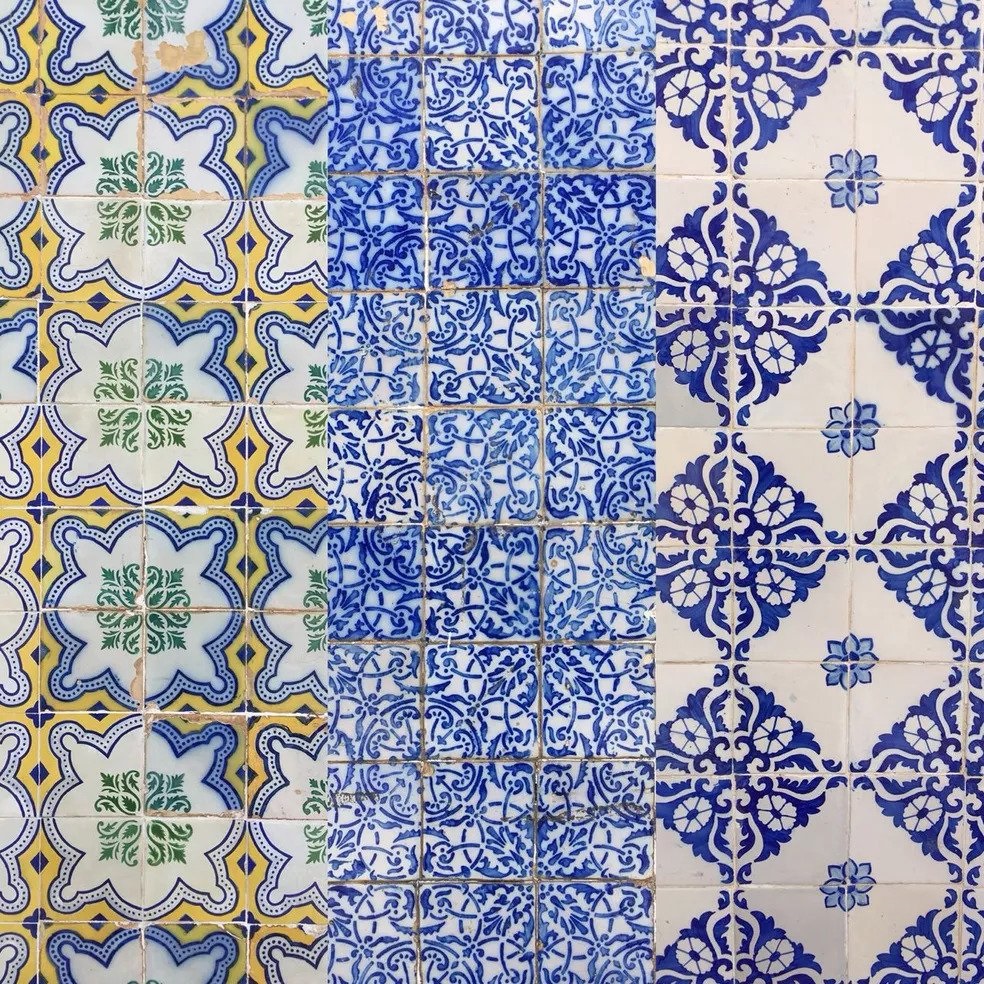
The creativity of the artisans of São Luís do Maranhão goes beyond tiles.
With talent, the colonial mansions are also portrayed in ceramics, which draw attention for their vivid colours and reinforce the architectural beauty of the Historic Centre of São Luís.
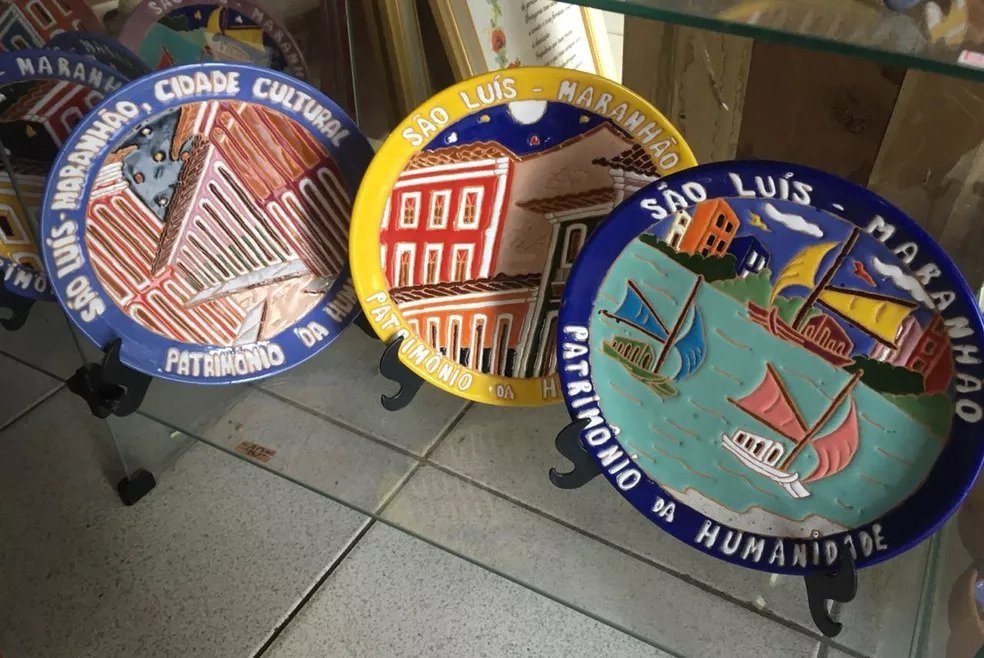
The ‘flirtatious’ dolls, although not from São Luís, are also among the best-selling pieces for tourists visiting the capital.
The ceramic sculptures stand out for their delicacy and the contrast of colours, reminiscent of colonial mansions in the Historic Centre.
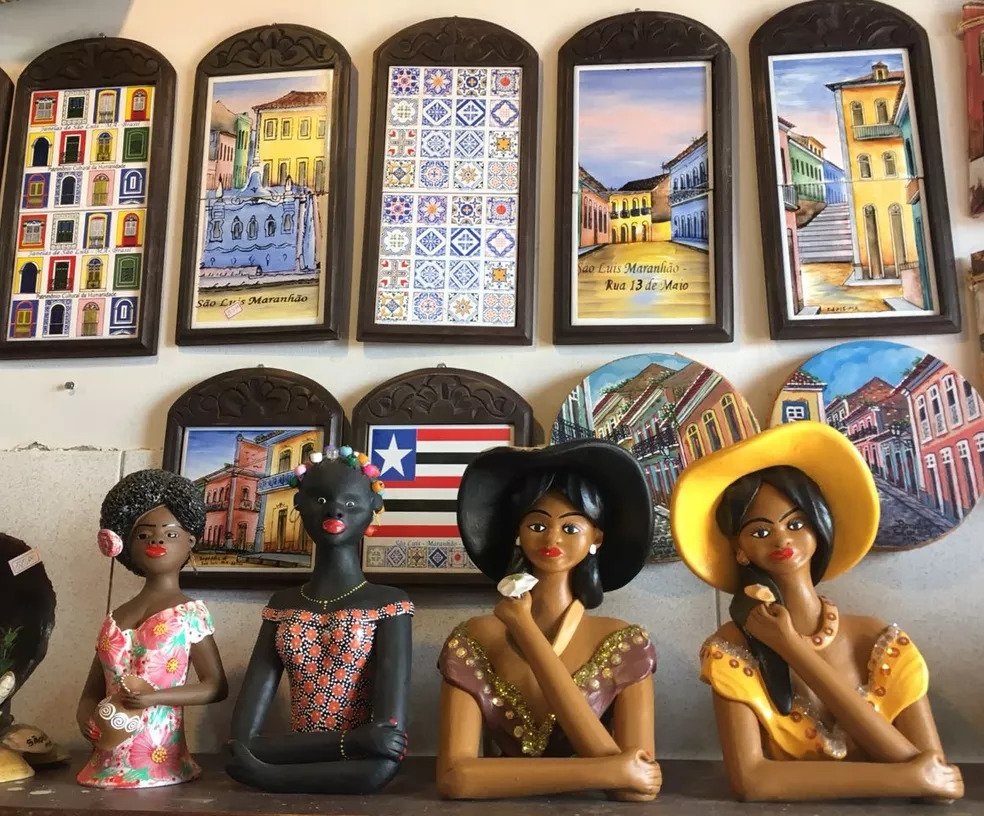
Maranhão popular culture in handicrafts
In addition to portraying traits of Maranhão’s culture, local handicrafts value the raw material of items found in the state.
The babassu straw is used to make bags that are a hit among holidaymakers.
The Bumba meu boi, a popular game in Maranhão that celebrates an important part of the state’s culture, is also stamped and represented in handicraft shops in the Historic Centre of São Luís.
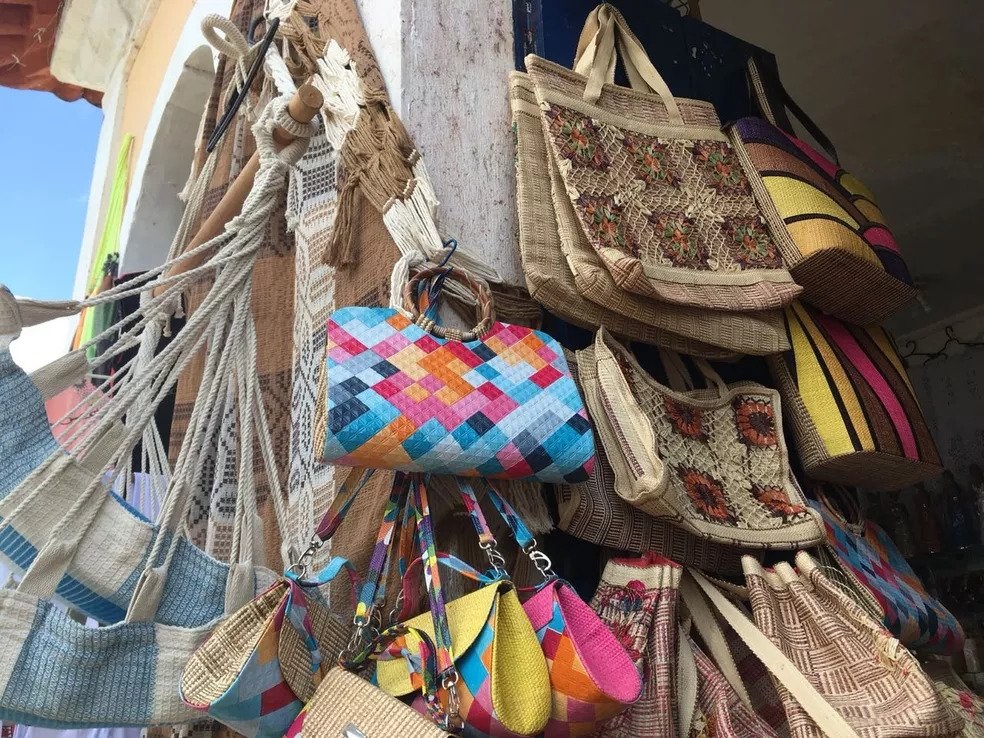
Colourful miniatures of oxen, replicas of the costumes of Indians and Indians, and accessories used by the jokers are part of the desire of tourists from Brazil and the world.
The world of handicrafts and creativity at Ceprama.
The world of manual art and creativity at Ceprama
The space that houses a permanent fair of genuine Maranhão handicrafts,
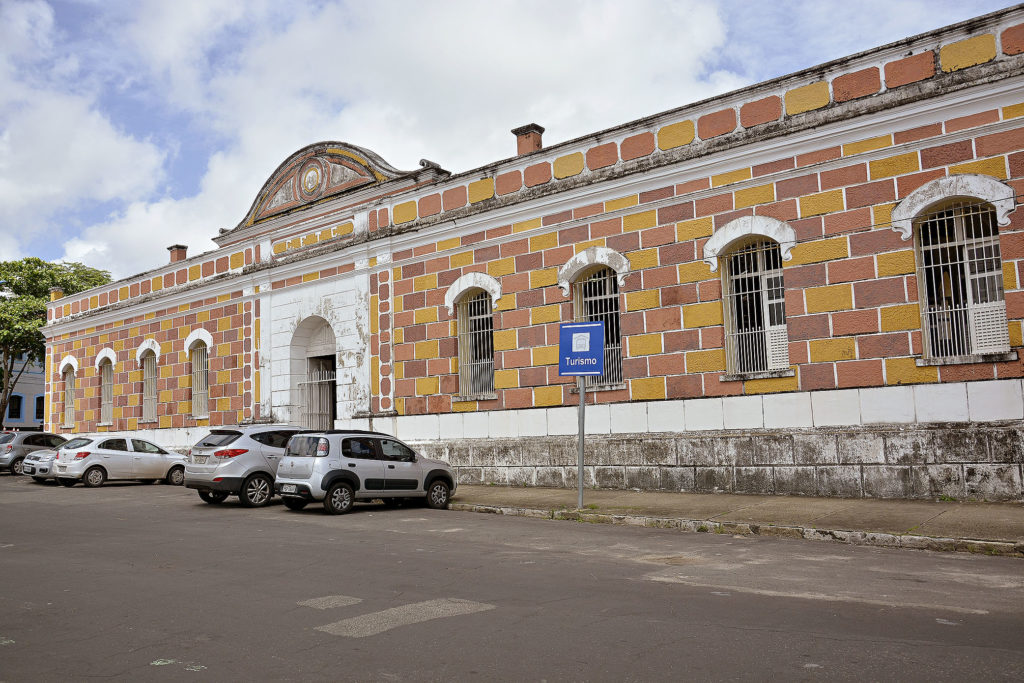
Built in 1891, the Maranhão Craft Products Marketing Centre (Ceprama) is a space where the history of Maranhão reigns, with its culture, art and folklore.
The space has an area of 4,107m² and is a permanent fair of handicrafts typically from Maranhão.
There are 38 stands that operate daily, selling products in buriti fibre, tiles, wicker, tucum fibre, horn, spices, wood and ceramics, as well as regional drinks, clothing and costumes of June groups.
Visitors can even enjoy the artisans producing their art in situ.
The artists produce articles that are the face of the city. Replicas of Portuguese tiles, miniatures of Bumba meu boi, clothing, articles made with raw materials from nature, oil-painted canvases, loom pieces, embroidery, lace, sweets and liqueurs, an infinity of products for all tastes and pockets. Oh, and still very friendly artists available to show and explain how everything done.
São Luís is the capital of tiles
Known as the capital of azulejos, São Luís awakens enchantment in those who visit the city for the first time.
The architectural ensemble with mansions built in the 17th and 18th century were listed and, in 1997, the city received the title of World Heritage Site from the United Nations Educational, Scientific and Cultural Organisation (UNESCO).
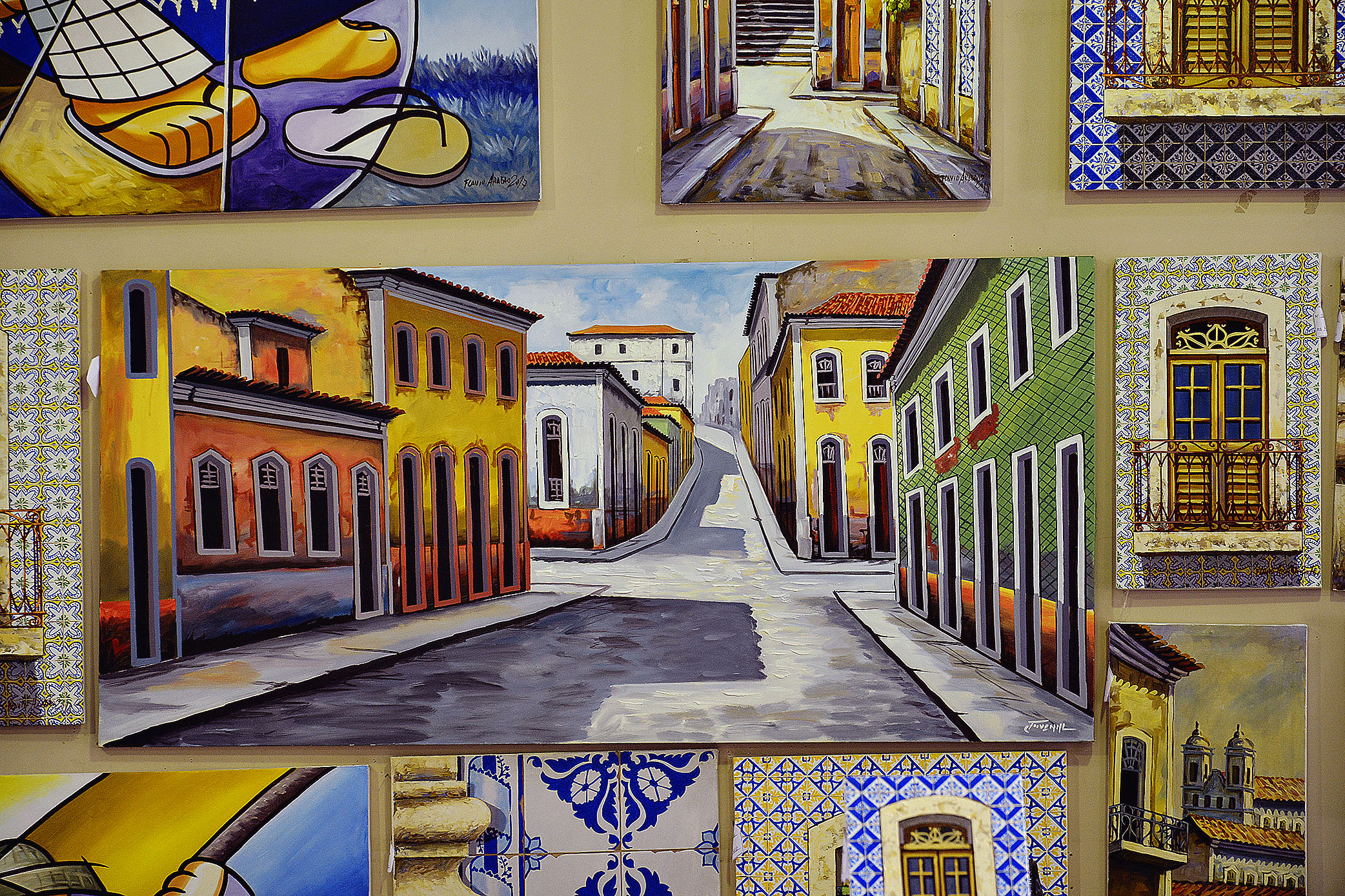
Saiba como os azulejos de São Luís são feitos
The fame of the awarding of the title has travelled the world and attracted thousands of tourists, who annually choose São Luís as a destination for their holidays or want to check it out up close.
Passing through São Luís, tourists from Porto Velho (RO), Letícia Vilarins, 20, Aimée Nobre, 21, and Maria Paula Roge, 22, revealed that they came a day earlier than scheduled to get to know the city a little more.
Enchanted by the variety of pieces that portray the local culture, they say that it is impossible not to leave the capital without wanting to take some souvenir to their hometown.
Manhão Handicrafts – Northeast Tourism Guide – Northeast Culture



















